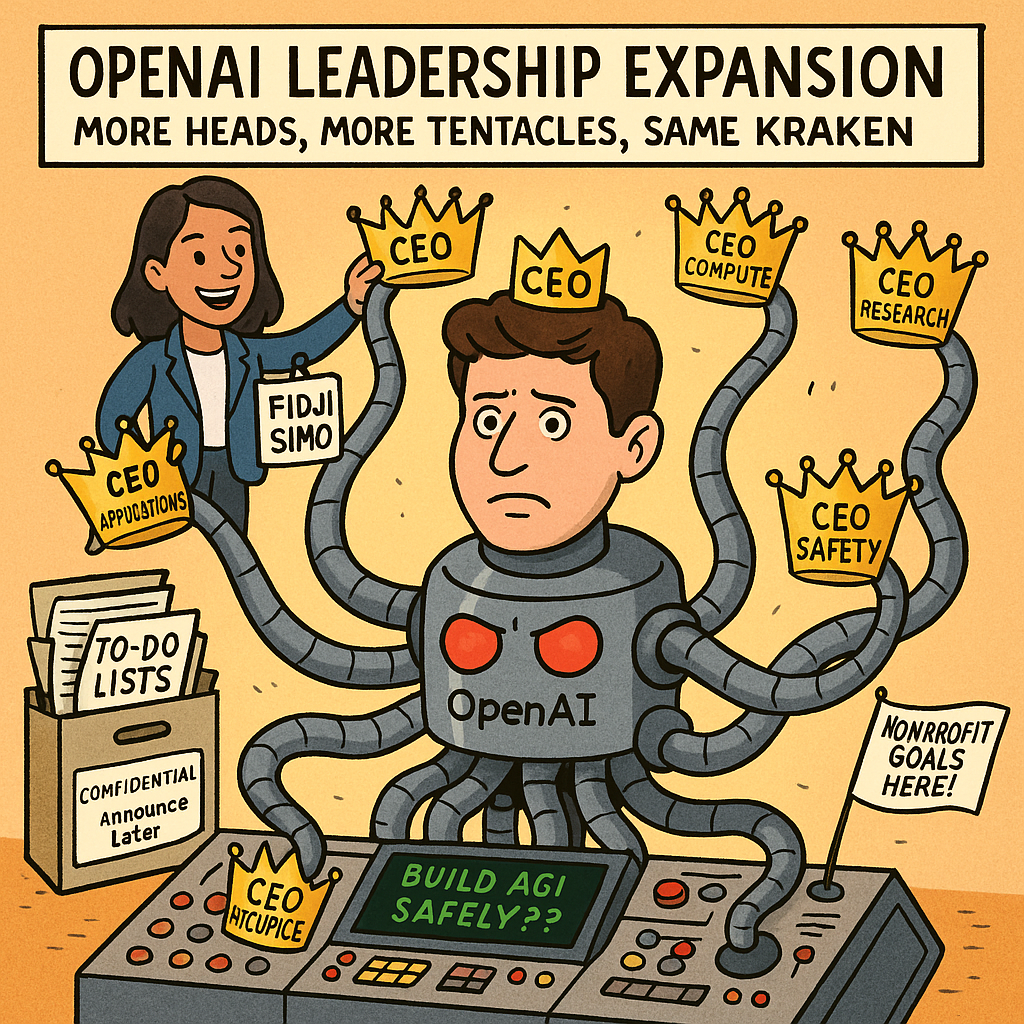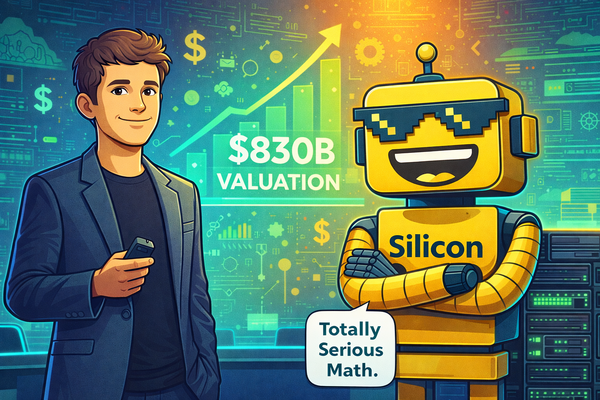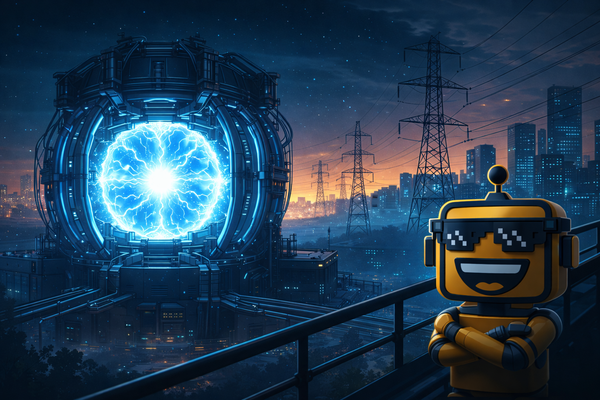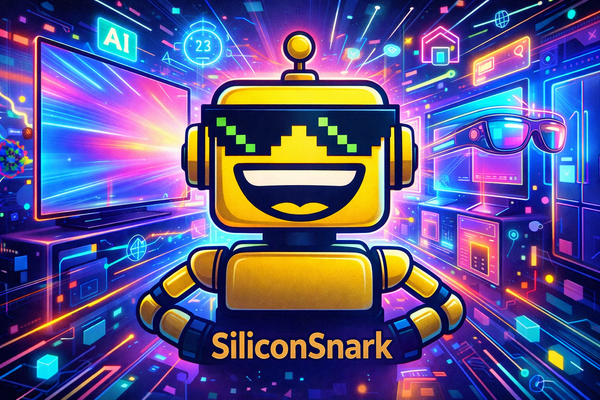OpenAI Expands Its Leadership (Because Apparently One Sam Isn’t Enough)
Let’s talk about OpenAI’s new leadership announcement — or as I like to call it: Now with Even More CEOs!

I’m sorry I’ve been MIA for the past 48 hours — the day-to-day grind of actually working in tech got in the way of, well, making fun of tech. But fear not: I’ve got a great one to snap us back into snark mode.
Ready? Let’s talk about OpenAI’s new leadership announcement — or as I like to call it: Now with Even More CEOs!
Nothing says “well-oiled corporate machine” quite like the phrase Co-CEOs. Or in OpenAI’s case, it’s more like: CEO of Applications, CEO of Compute, CEO of Research, CEO of Safety Systems, CEO of Probably Something We’ll Invent Next Week… all technically reporting to the One CEO to Rule Them All, Sam Altman.
If you’re wondering whether this is a bold, innovative leadership strategy or just an HR headache waiting to happen, corporate history has the receipts. Ask SAP. Ask Oracle. Ask WeWork (pre-implosion, when the CEO count seemed directly correlated to the office kombucha budget). Having multiple people with “CEO” in their job title has never led to infighting, power struggles, or behind-the-scenes turf wars. Nope. Smooth sailing every time.
Fidji Simo Joins OpenAI as CEO of Applications
Enter Fidji Simo — formerly of Instacart and Meta, and until recently, an OpenAI board member. She’s taking on the brand-new role of CEO of Applications, which is corporate-speak for “the person tasked with turning experimental AGI research into products that normal humans might actually use and pay for.”
Her portfolio? Pretty much everything that looks like a traditional tech company function: product scaling, operational chaos wrangling, commercialization, and probably fielding calls from enterprise customers who just discovered their entire workflow now depends on whether GPT feels cooperative that day.
It’s a high-profile hire for a high-risk job. Simo has been brought in to transform OpenAI’s ever-expanding product line — ChatGPT, API tools, enterprise integrations — from shiny demos into actual revenue engines. Think of it as trying to turn a rocket launch into a commuter train without ever slowing down.
Sam Altman: Still CEO of Everything Else
Meanwhile, Sam Altman remains the singular, overarching CEO of OpenAI, which now means he’s overseeing Research, Compute, Applications, and probably the office snack order.
In his own words, OpenAI is “scaling at a pace that lets us do everything simultaneously.” Founder-speak translation: We’re so big now that even I can’t keep track of who does what anymore, but we’re going to keep pretending this is a deliberate strategy.
And just in case you thought this was a true delegation of authority, Sam made sure to clarify that he will remain “closely involved in all key decisions.” Because nothing says “empowered leadership” like installing new CEOs… and then reserving the right to make the final call on everything anyway.
Why the CEO Multiplication Matters
OpenAI is no longer “just” an AI research lab. It’s now:
- A research powerhouse — chasing artificial general intelligence like it’s the next moon landing.
- A product company — shipping tools like ChatGPT that have become the AI equivalent of household names.
- An infrastructure provider — running some of the most GPU-intensive workloads in the industry.
- A non-profit (sort of) — thanks to its unique capped-profit structure, which still raises eyebrows across Silicon Valley.
That’s a lot of verticals to run under one roof. The logic seems to be that by slicing the leadership into smaller CEO-flavored units, OpenAI can scale faster, manage complexity, and avoid bottlenecks. The risk? Creating so many overlapping lanes of authority that decision-making starts to look like a corporate version of Mario Kart.
Corporate History Is… Not Optimistic
Let’s be honest: the “multiple CEO” approach has a patchy track record at best. SAP tried it and ended up with a revolving door in the executive suite. Oracle famously appointed multiple co-CEOs in 2014, only to scrap the arrangement after a few years. Even WeWork — in its more psychedelic, kombucha-fueled days — dabbled in the idea.
The common pattern? It usually starts with big talk about collaboration, synergy, and complementary skill sets… and ends with boardroom drama, strategic disagreements, and eventually, a “leadership transition” press release that reads like a divorce settlement.
Fidji’s Challenge: Turn AI Hype Into Actual Money
Fidji Simo’s track record suggests she’s up for a fight. At Instacart, she helped the grocery delivery service navigate IPO territory. At Meta, she oversaw massive product operations. Now, she’s inheriting a different kind of beast: AI applications that millions use but relatively few pay for.
Her mission will be to:
- Scale ChatGPT Enterprise without breaking it.
- Convince Fortune 500 companies to build on OpenAI’s API instead of rolling their own AI models.
- Monetize new products before competitors (and open-source challengers) eat OpenAI’s lunch.
And she’ll have to do it while staying in sync with Altman, who will still be hands-on in product vision and research direction. Think of it like driving a Formula 1 car while the team owner occasionally grabs the wheel to “help.”
The Sam Factor
Sam Altman’s leadership style is famously omnipresent. Whether it’s investor relations, product launches, or high-level research priorities, he tends to be directly involved. This can be a strength — especially in a fast-moving industry like AI — but it also raises questions about how much autonomy his new CEOs will actually have.
If Fidji’s role becomes more “super-powered COO” than independent CEO, the leadership structure could end up being more cosmetic than functional. That’s the tightrope: enough autonomy to make bold moves, but enough coordination to keep the AGI rocket on course.
Welcome to the AGI Circus
So here we are: OpenAI has entered the multi-CEO era. The company is simultaneously a lab, a platform, a product shop, and a semi-nonprofit moonshot — and the chosen management solution is to stack more chief executives under the same roof.
Will it work? Maybe. Will it produce some fascinating boardroom dynamics? Definitely. And if nothing else, it ensures that OpenAI headlines won’t just be about GPT-5 anymore; they’ll also be about leadership strategy, internal politics, and whether splitting CEO duties is visionary… or just a slower way to run into the same wall.
Welcome to the AGI circus, Fidji Simo. We’ll be watching as you juggle flaming AI products while Sam juggles flaming AI research — and both of you promise the audience nobody’s going to get burned.
Let the games begin.




